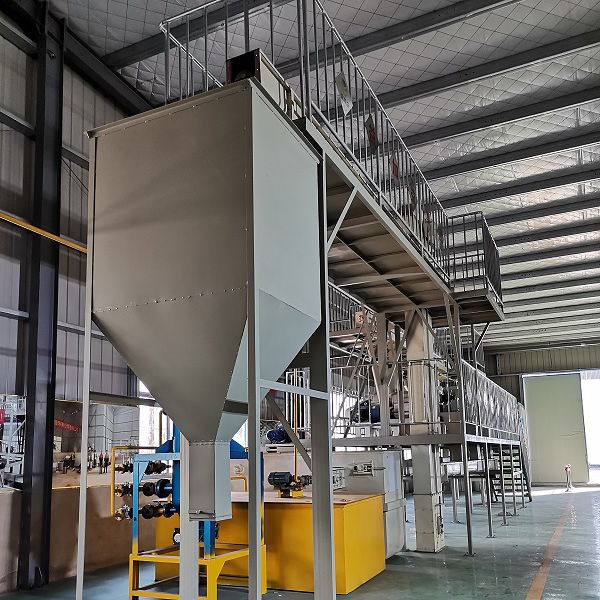Low MOQ for Small Scale Coconut Oil Processing - Coconut Oil Production Line – Fotma
Low MOQ for Small Scale Coconut Oil Processing - Coconut Oil Production Line – Fotma Detail:
Coconut oil plant intruduction
Coconut oil, or copra oil, is an edible oil extracted from the kernel or meat of mature coconuts harvested from the coconut trees It has various applications. Because of its high saturated fat content, it is slow to oxidize and, thus, resistant to rancidification, lasting up to six months at 24 °C (75 °F) without spoiling.
Coconut oil can be extracted through dry or wet processing
Dry processing requires that the meat be extracted from the shell and dried using fire, sunlight, or kilns to create copra. The copra is pressed or dissolved with solvents, producing the coconut oil.
The all-wet process uses raw coconut rather than dried copra, and the protein in the coconut creates an emulsion of oil and water.
Conventional coconut oil processors use hexane as a solvent to extract up to 10% more oil than produced with just rotary mills and expellers.
Virgin coconut oil (VCO) can be produced from fresh coconut milk, meat, using a centrifuge to separate the oil from the liquids.
A thousand mature coconuts weighing approximately 1,440 kilograms (3,170 lb)yield around 170 kilograms (370 lb) of copra from which around 70 litres (15 imp gal) of coconut oil can be extracted.
Pretreatment and prepressing section is a very important section before extraction.It will directly affect extraction effect and oil quality.
Description of Coconut Production Line
(1) Cleaning: remove shell and brown skin and washing by machines.
(2) Drying: putting clean coconut meat to chain tunnel dryer.
(3) Crushing: making dry coconut meat to suitable small pieces.
(4) Softening: The purpose of softening is to adjust the moisture and temperature of oil, and make it soft.
(5) Pre-press: Press the cakes to leave oil 16%-18% in the cake. The cake will go to extraction process.
(6) Twice press: press the cake till the oil residue is about 5%.
(7) Filteration: filtrating the oil more clearly then pump it to crude oil tanks.
(8) Refined section: dugguming$neutralization and bleaching ,and deodorizer, in order to improve the FFA and the quality of oil, extending the time of storage.
Coconut Oil Refining
(1) Decoloring tank: bleach pigments from oil.
(2) Deodorizing tank: remove the un-favored smell from decolorized oil.
(3) Oil furnace: provide enough heat for the refining sections which need high temperature of 280℃.
(4) Vacuum pump: provide high pressure for bleaching, deodorization which can reach 755mmHg or more.
(5) Air compressor: dry the bleached clay after bleaching.
(6) Filter press: filter the clay into the bleached oil.
(7) Steam generator: generate steam distillation.
Coconut oil production line advantage
(1) High oil yield , obvious economic benefit.
(2) Residual oil rate in the dry meal is low.
(3) Improving the quality of the oil.
(4) Low processing cost , high labor productivity.
(5) High automatic and labor saving.
Technical Parameters
|
Project |
Coconut |
|
Temperature(℃) |
280 |
|
Residual oil(%) |
About 5 |
|
Leave oil(%) |
16-18 |
Product detail pictures:



Related Product Guide:
We are ready to share our knowledge of marketing worldwide and recommend you suitable products at most aggressive costs. So Profi Tools offer you finest benefit of money and we are ready to produce alongside one another with Low MOQ for Small Scale Coconut Oil Processing - Coconut Oil Production Line – Fotma , The product will supply to all over the world, such as: Kenya, Adelaide, Bolivia, We supply professional service, prompt reply, timely delivery, excellent quality and best price to our customers. Satisfaction and good credit to every customer is our priority. We focus on every detail of order processing for customers till they have received safe and sound products with good logistics service and economical cost. Depending on this, our products are sold very well in the countries in Africa, the Mid-East and Southeast Asia.
The factory workers have rich industry knowledge and operational experience, we learned a lot in working with them,we are extremely grateful that we can encount a good company has excellent wokers.








